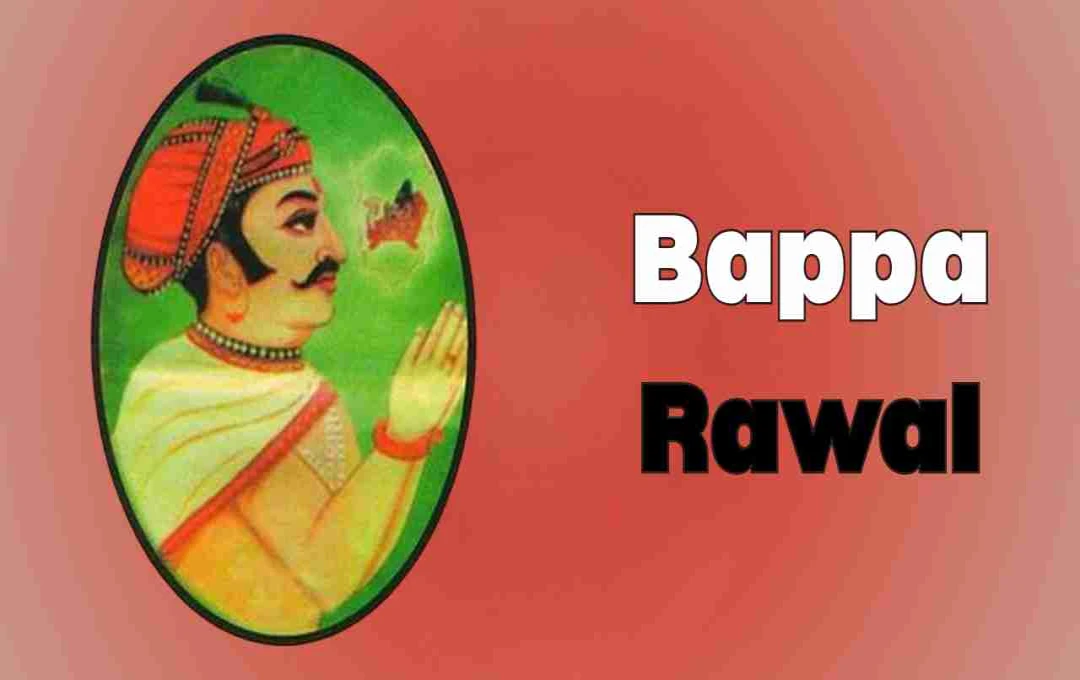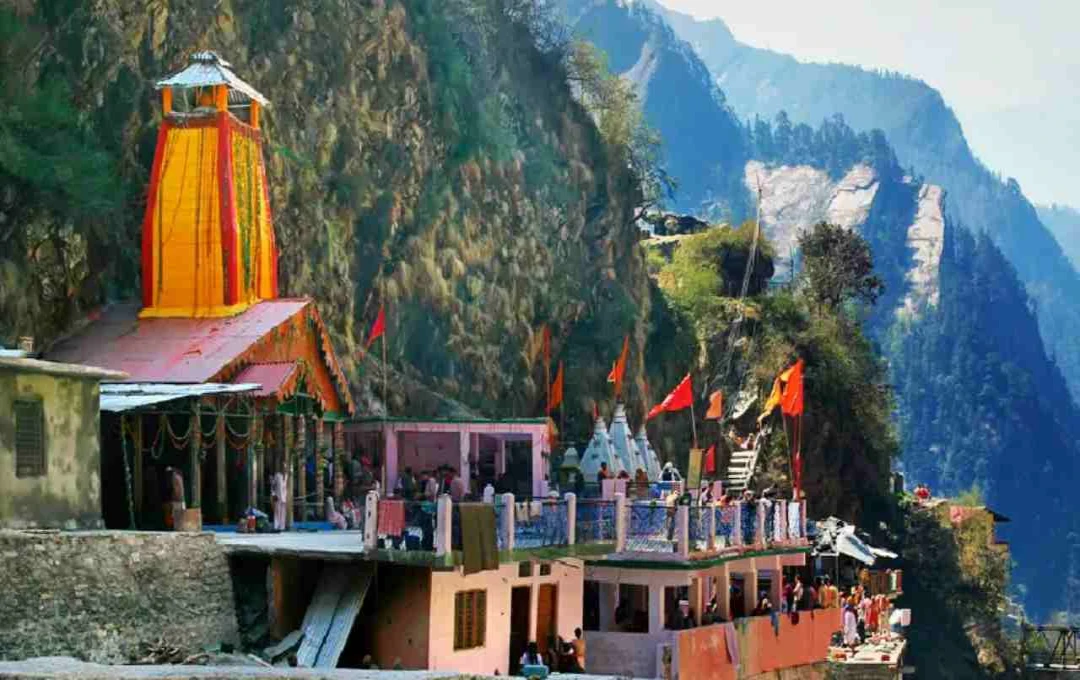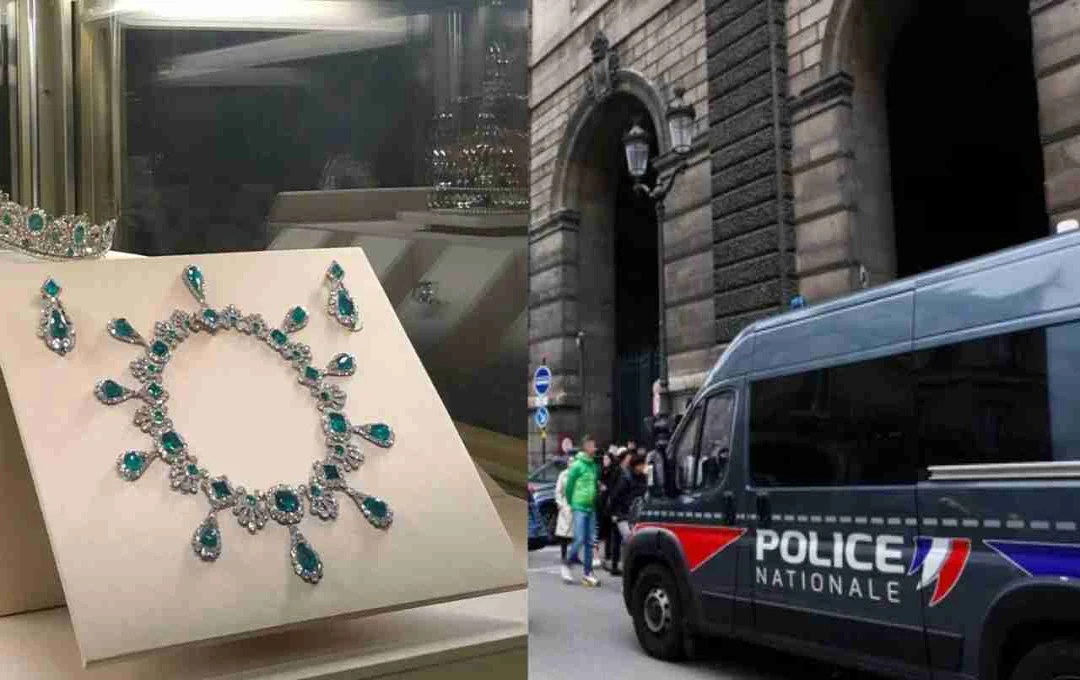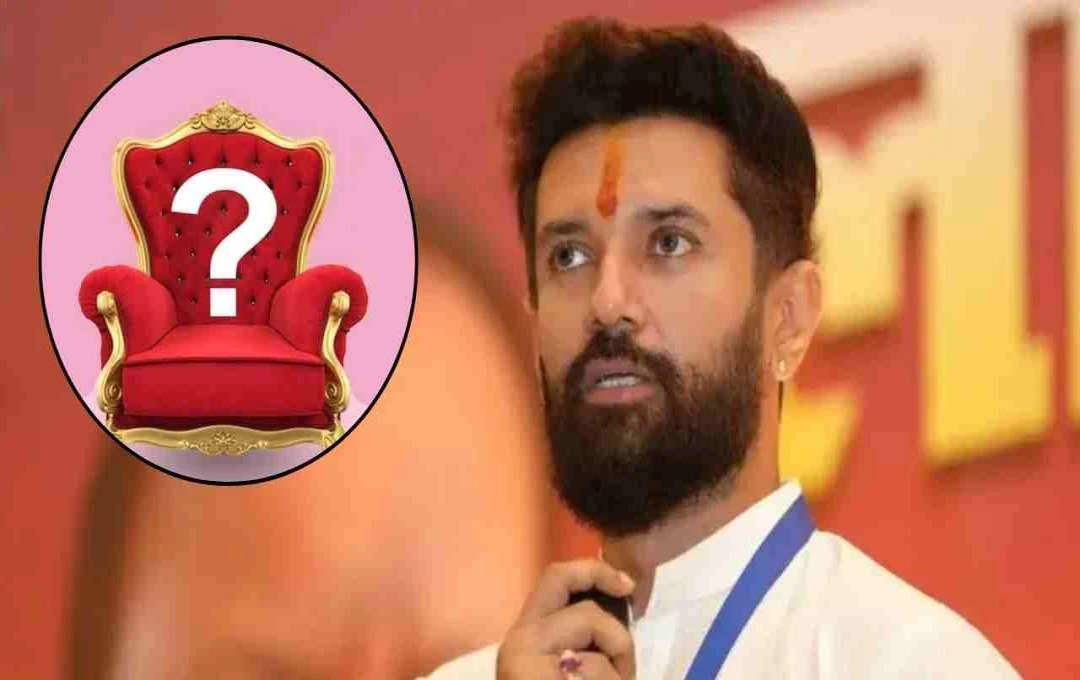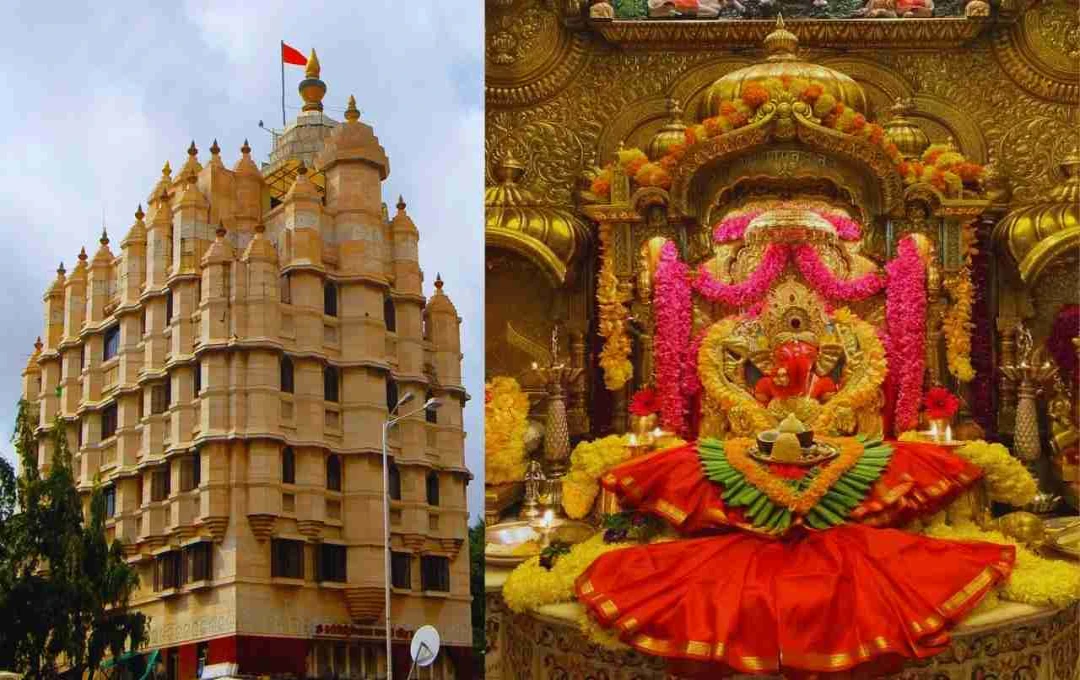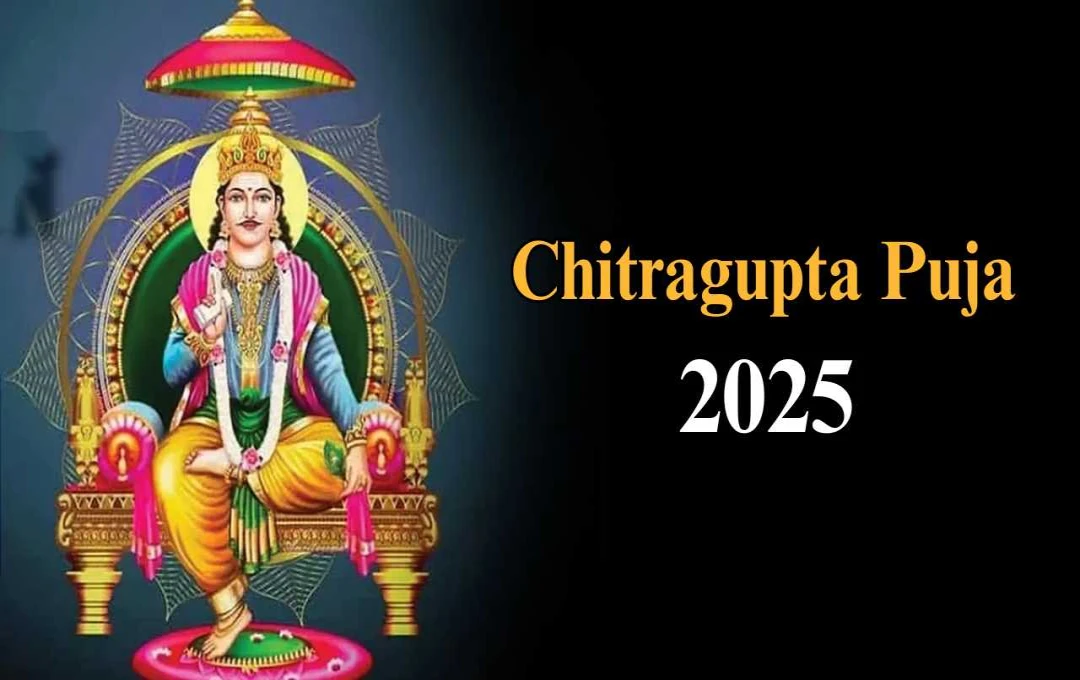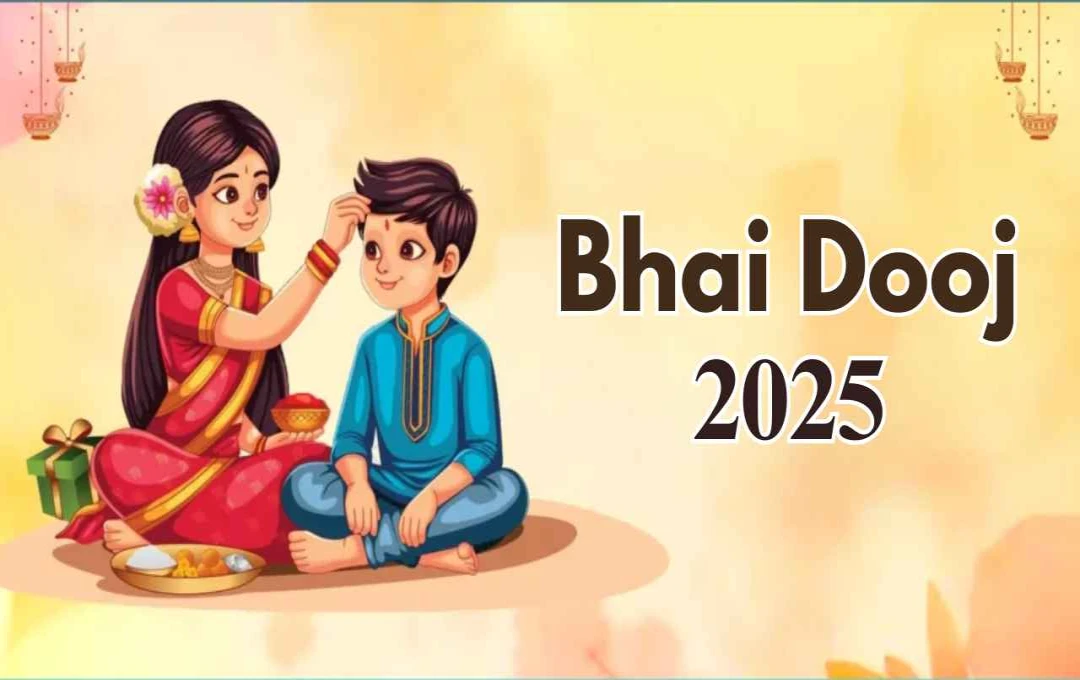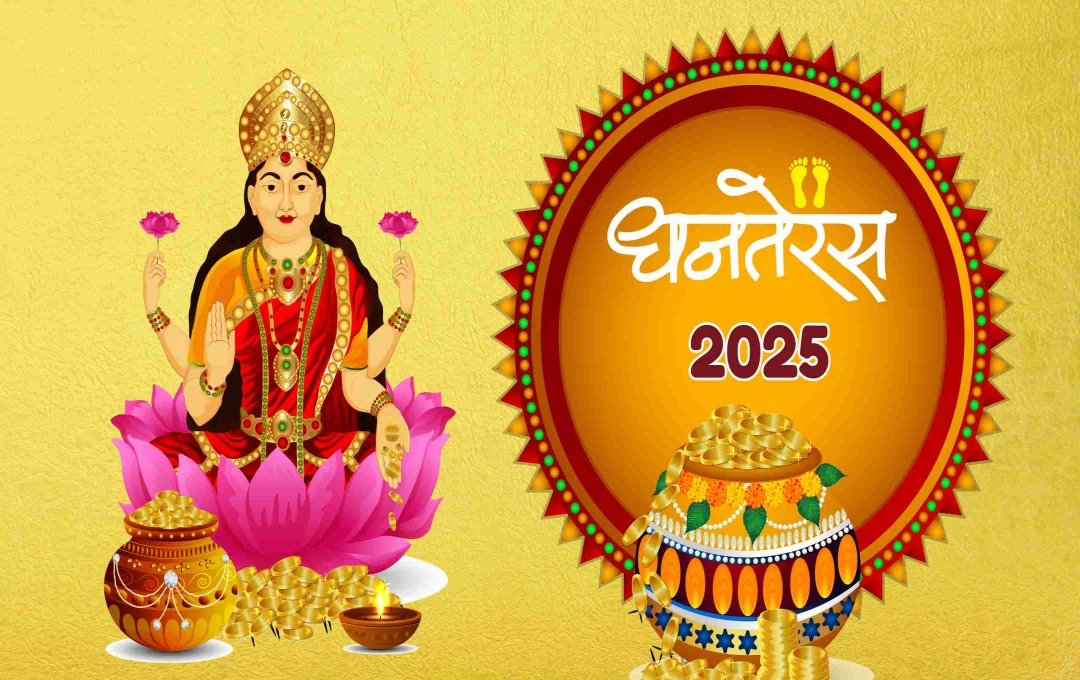India's history is replete with valiant warriors whose life stories are ingrained in folklore, and whose bravery not only protected the borders but also preserved cultural identity. Bappa Rawal was one such great warrior and administrator, who laid the foundation of Mewar in the 8th century and defended India against Arab invasions. This article delves into the life of Bappa Rawal, his military prowess, spirituality, and historical significance.
Early Life and Mysterious Origins
Bappa Rawal was born as the son of Nagaditya of the Guhil dynasty. However, his childhood was fraught with struggles. During an attack by the Bhils of Idar, the male members of his family, including his father, were killed. In such circumstances, a Brahmin woman raised Bappa and kept him as a cowherd. His true identity remained hidden, but destiny was leading him from a simple herdsman to becoming the founder of Mewar. The meeting with Rishi Harit Rashi changed the course of his life. The sage initiated him into the Shaiva sect, making Bappa not only a warrior but also an ascetic king.
Spirituality and the Construction of Eklingji Temple
Under the guidance of Rishi Harit Rashi, Bappa Rawal practiced asceticism and attained spiritual knowledge. Moreover, he established the famous Eklingji Temple in Nagda, which remains the revered site of the Mewar dynasty to this day. It is said that because of this temple, the rulers of Mewar considered themselves servants of Eklingji, not kings. This culturally unique tradition is the legacy of Bappa Rawal.
Establishment of the Mewar State
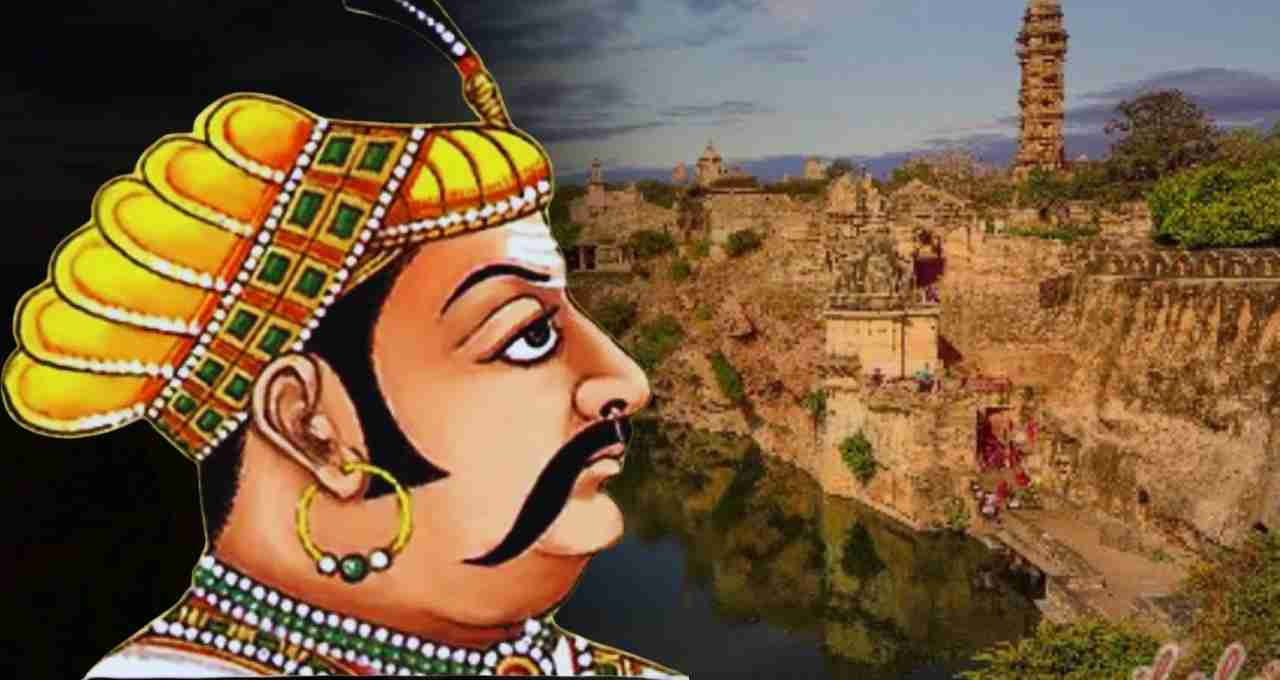
According to Ekling Mahatmya, Bappa Rawal established the Mewar state in 728 AD. He made Mewar not just a geographical state, but a center of spiritual and cultural consciousness. He defeated the Bhils of Idar and regained possession of his ancestral land. Behind this establishment was not only his military skill but also the Shaiva faith and the blessings of saints.
Defending India from Arab Invasions
In the 8th century, India was facing Arab invasions. After the campaign of Muhammad bin Qasim, the commander of the Umayyad Caliphate, the Arabs had their eyes on Rajasthan and Gujarat. At this time, Bappa Rawal, along with the Mori ruler Man Maurya, fought against the Arabs. According to historian R.C. Majumdar, the Arabs captured Chittor after defeating the Mori rulers who were ruling there. However, Bappa Rawal and a coalition of other Hindu rulers drove the Arabs out of Chittor. This greatly enhanced Bappa Rawal's reputation, and he became the ruler himself.
Balancing Act Between Pratiharas and Rashtrakutas
Bappa Rawal not only fought against the Arabs but also succeeded in maintaining a balance between the two major Indian powers of that time—the Pratiharas and the Rashtrakutas. It is believed that he supported the Pratihara ruler Nagabhata I and also fought against the armies of the Rashtrakutas. This strategic understanding and military ingenuity demonstrate his unique leadership. Through this, he extended his influence to the eastern and southern parts of Mewar.
Bappa Rawal's Gold Coins and Shaiva Symbols
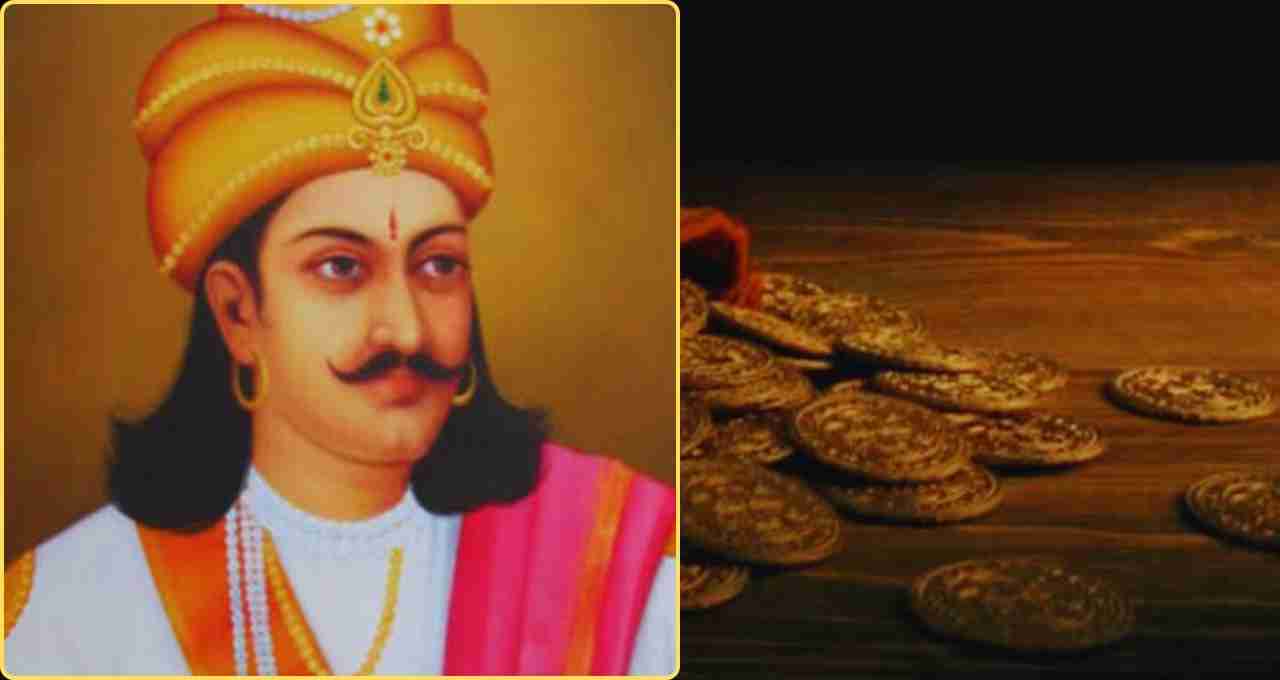
Gold coins inscribed with 'Shri Voppa' and 'Shri Vopparaja' are associated with Bappa Rawal. Shaiva symbols—trident, Nandi bull, lingam—are clearly marked on these coins. These symbols reflect Bappa Rawal's deep Shaiva devotion and his association with the Pashupata sect. One coin has the figure of a man in a prostrate posture with pierced ears. This may indicate the initiation method of the Nath sect, suggesting that Bappa may have been associated with this sect later.
Disagreements on Historical Identity
'Bappa' is an honorific term, and 'Rawal' is a royal title. Therefore, there is a dispute among historians as to whether Bappa Rawal was a specific individual or just a title. His name is found in some inscriptions, but not in others. Historians such as G.H. Ojha and Dashrath Sharma associate him with 'Kalbhoj,' while other scholars associate him with 'Khuman' or 'Shiladitya.' Although this debate is ongoing, Bappa Rawal's historical influence is undeniable. His bravery and the establishment of the state are mentioned in many records and texts.
Legacy of Bappa Rawal
Bappa Rawal's Mewar remains a symbol of pride in India's history. The Eklingji Temple established by him is not only a religious center but also a cultural heritage. His strategic skills, courage to confront the Arabs, and the tradition of Shaiva devotion gave a new form to Mewar. Whether history calls him Kalbhoj or Shiladitya, his identity as a protector of the nation, devout, and fearless warrior is unwavering.
Bappa Rawal's life is not just the story of a warrior, but the saga of a saint, ruler, and protector of the nation. He not only established Mewar but also laid the foundation for cultural centers like the Eklingji Temple. His struggle against Arab invasions became a symbol of India's defense. His bravery, devotion, and vision remain a source of inspiration even today.
